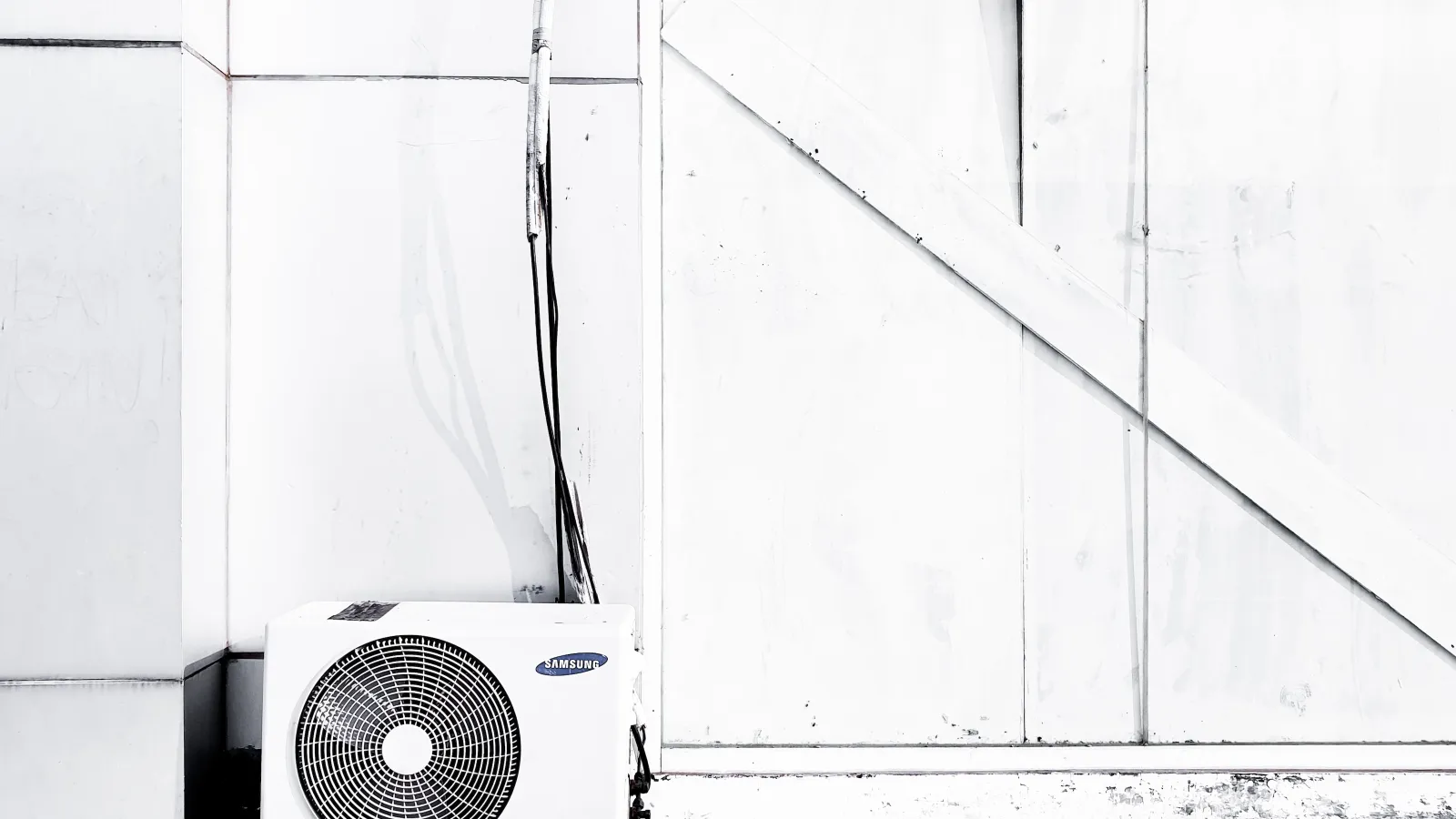How Does HVAC Work? Understanding Heating, Ventilation, and Air Conditioning Systems, Components, and How They Work

Your home’s heating, ventilation and air conditioning (HVAC) system might be one of its largest components, but unless something goes wrong you probably give very little thought to it. However, understanding how a HVAC systems work helps homeowners troubleshoot potential problems and become a more informed homeowner.
So, just how does HVAC work? Let’s look at each component separately to get a better understanding.
Heating
The heating aspect of your home’s HVAC system is carried out by your furnace. Depending on the style of heat distribution in your home, you may either have electric baseboards, a gas forced air furnace, or radiant heat system (also known as a boiler) installed. For our purposes, we’ll focus on gas-powered forced air systems, as they are the most popular system installed in homes today.
All central heating systems consist of a burner, heat exchanger, blower, and a flue. The burner is what engages when the thermostat calls for heat, and it delivers the fuel to your heat exchanger to begin the heating process. The heat exchanger intakes air and turns the fuel and air mixture into heat that will ultimately be sent through your home’s ductwork. The heated air is then transferred to the air distribution system. The blower is part of this distribution system, and is what ultimately moves the heated air through your ductwork and into the various rooms of your home. We’ll discuss the flue in the next section, as it’s a significant part of the ventilation aspect of the HVAC system.
A boiler-based or hydronic heating system works in a similar manner as a gas-powered forced air system, heating water within the boiler for distribution via piping to radiators located in the various rooms of a house, which then give off heat. Electric baseboards or registers contain a heating element that heats up when the thermostat calls for heat. Some have a blower to help distribute the heat, but some simply give off radiant heating.
Ventilation
The ventilation aspect of your home’s HVAC system is comprised of the flue and vent pipes. It might also involve a fresh air intake pipe or vent. The fresh air intake helps to bring the heated air to the correct temperature before it is distributed throughout the house. The flue and vent pipe are responsible for keeping the air in your home safe to breathe. It works by exhausting harmful byproducts of the combustion process, such as carbon monoxide and other noxious fumes, outside the building. The flue will open and close accordingly in order to ensure there is no backup of dangerous exhaust into your home.
Air Conditioning
Central air conditioning systems have become a must-have for year-round comfort, and are frequently installed in conjunction with a central heating system. The two must work together for optimal temperature control, and even share the same ductwork. Most central air conditioners are two-part or split systems, which contain:
- An outdoor unit with compressor, fan, condenser coil, and electrical components.
- An evaporator coil, typically situated on top of your furnace.
- Piping which connects the indoor and outdoor components.
- Refrigerant for cooling.
- Ductwork for air distribution.
- A thermostat for temperature control.
These components work together to provide your home with cool air when the thermostat indicates. When engaged, the air conditioner pulls warm air from the home into the ductwork. At the same time, the refrigerant circulates between the indoor and outdoor components. It absorbs the heat from the air as it passes into the interior evaporator coil from the exterior compressor coil. The cooled air then travels back through the ductwork and is distributed to the various rooms of your home. The cycle continues in order to maintain the desired temperature.
HVAC Components
Other important components of an HVAC system include:
Ductwork. This system of metal pathways allows for distribution of hot or cold air throughout your home.
Humidifier. Adds moisture back into the air before distribution throughout the home, ultimately making breathing easier.
Thermostat. This is what allows you to control the temperature in your home.
Filters. Ensures air in your home is free of dirt, allergens, and odors, and helps maintain your system.
In order to ensure that all aspects of your home’s HVAC system are running at peak performance, it is essential to perform seasonal and annual maintenance. Keeping filters and ducts clean of dust and debris helps make your system more efficient. It also ensures your HVAC systems keeps your family comfortable for many years.
For better understanding how your home’s heating and cooling system works, contact a qualified HVAC professional.

